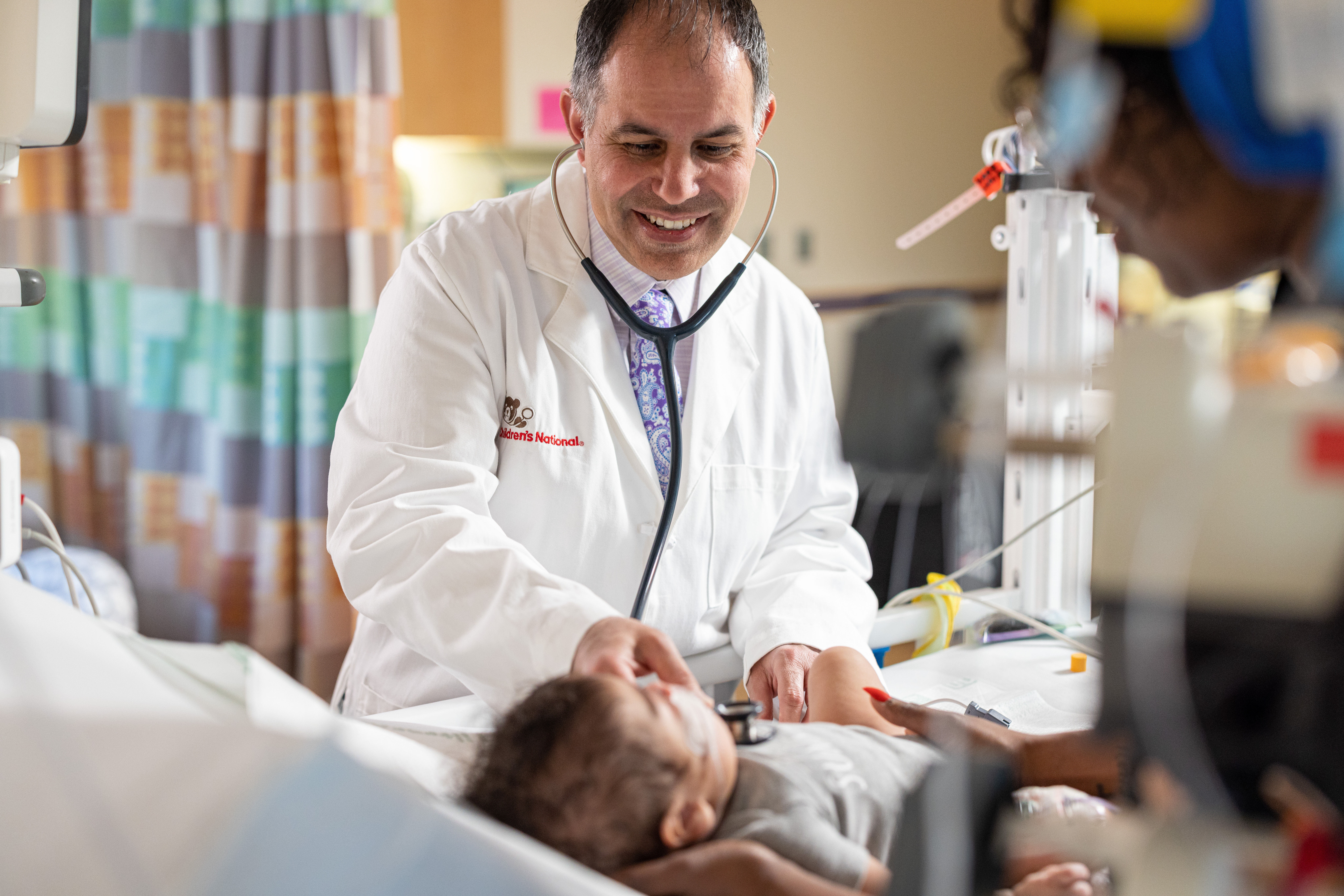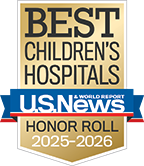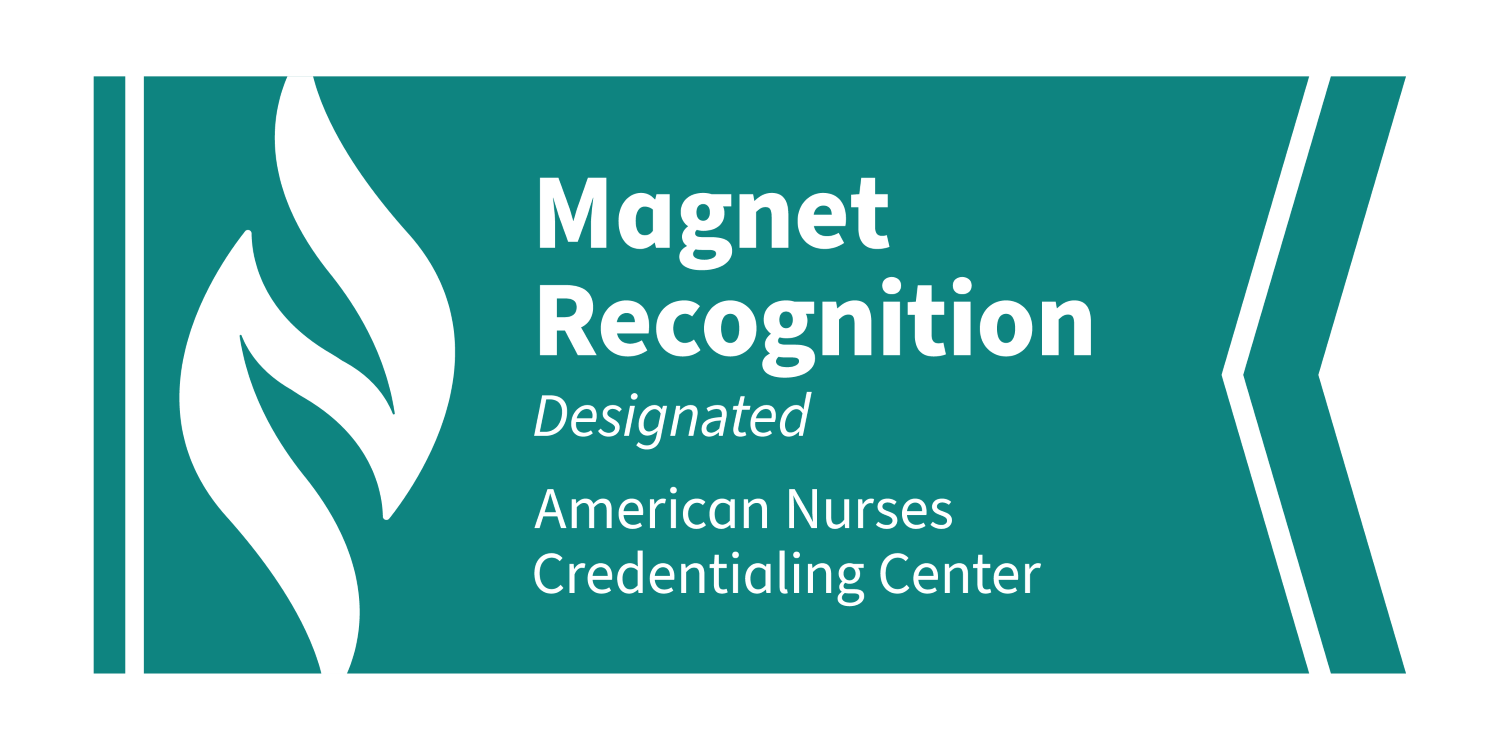


Refer a Patient
Our team works closely with referring providers to coordinate cardiology referrals and surgical consultations, ensuring timely access to specialized care and services. Submit a referral form and our team will review the information, coordinate the necessary evaluations and follow up to ensure a smooth and timely referral process.
Critical Congenital Heart Defects: Updated Newborn Screening Guidelines for Pediatricians
Clinicians and medical staff can review proper screening for CHD in this video using pulse oximetry (pulse ox). It's a simple, non-invasive, painless procedure that helps save hundreds of infant lives a year in the U.S.


Pulse Ox Screening for Critical Congenital Heart Disease (CCHD)
In the first 24 hours of life, a pulse oximetry (pulse ox) test can quickly and painlessly determine whether a baby may have critical congenital heart disease and possibly save his or her life. Learn more about this test.
Importance of Screening for CCHD
Why screen for CCHD?
Congenital Heart Disease (CHD) is the most common birth defect, occurring in about 8 out of every 1,000 babies. Critical CHD, a more severe form, occurs in 3-4 of every 1,000 babies, requiring intervention within the first year of life. Early detection is crucial to prevent serious complications.
Limitations of Pulse Oximetry Screening
Pulse oximetry is a useful screening tool, but it cannot entirely exclude the possibility of CHD. Assessing signs and symptoms of Critical CHD remains important. Do not rely solely on pulse oximetry screening to determine if an infant has Critical CHD.
Why is pulse ox used to screen for critical CHD?
Due to the complex changes occurring in the circulatory system after birth, physical examination may fail to detect Critical CHD in up to 50% of newborns. Pulse oximetry enhances the effectiveness of physical examinations conducted within the first 24 hours after birth. Combined with a prenatal ultrasound and physical exam, it forms a comprehensive screening approach and is advised by the U.S. Recommended Uniform Screening Panel (RUSP), the American Academy of Pediatrics, the American Heart Association, the March of Dimes, and the American College of Cardiology.
How has pulse oximetry screening changed since originally recommended in the U.S.?
Since it was recommended in the U.S. in 2011, the algorithm has been simplified as follows:
- Requiring only one re-screen if a newborn falls into the retest category (allowing for earlier evaluation and treatment).
- Adjusting criteria for passing results
- An infant must have 95% or greater in the right hand and foot.
- AND a 3% or less difference between the hand and foot.
These changes to the algorithm allow for prompt assessment for infants with CCHD.
While the number of false positives may increase slightly, screening may detect noncardiac conditions such as sepsis and pneumonia that benefit from early identification and treatment.
Cardiology Webinars
These Virtual Lunch and Learn Webinars are part of our continued commitment to bring the latest, most relevant cardiology-related news to providers.

Send Us Your Imaging Exams
Children's National Hospital makes it easy for patients, families and referring physicians to electronically exchange medical images and other health-related records with our providers before your initial consultation or follow-up visit. Learn more about this secure HIPAA-compliant service.


The Pediatric Cardiac Critical Care Consortium (PC4) and the Pediatric Acute Care Cardiology Collaborative (PAC3) Spring 2025 Conference
Children's National is thrilled to partner with PC4 and PAC3 to host this year’s Spring 2025 Conference. Participants will have the opportunity to engage in discussions on ongoing scientific and quality initiatives, as well as achievements in care standardization across various specialties.







